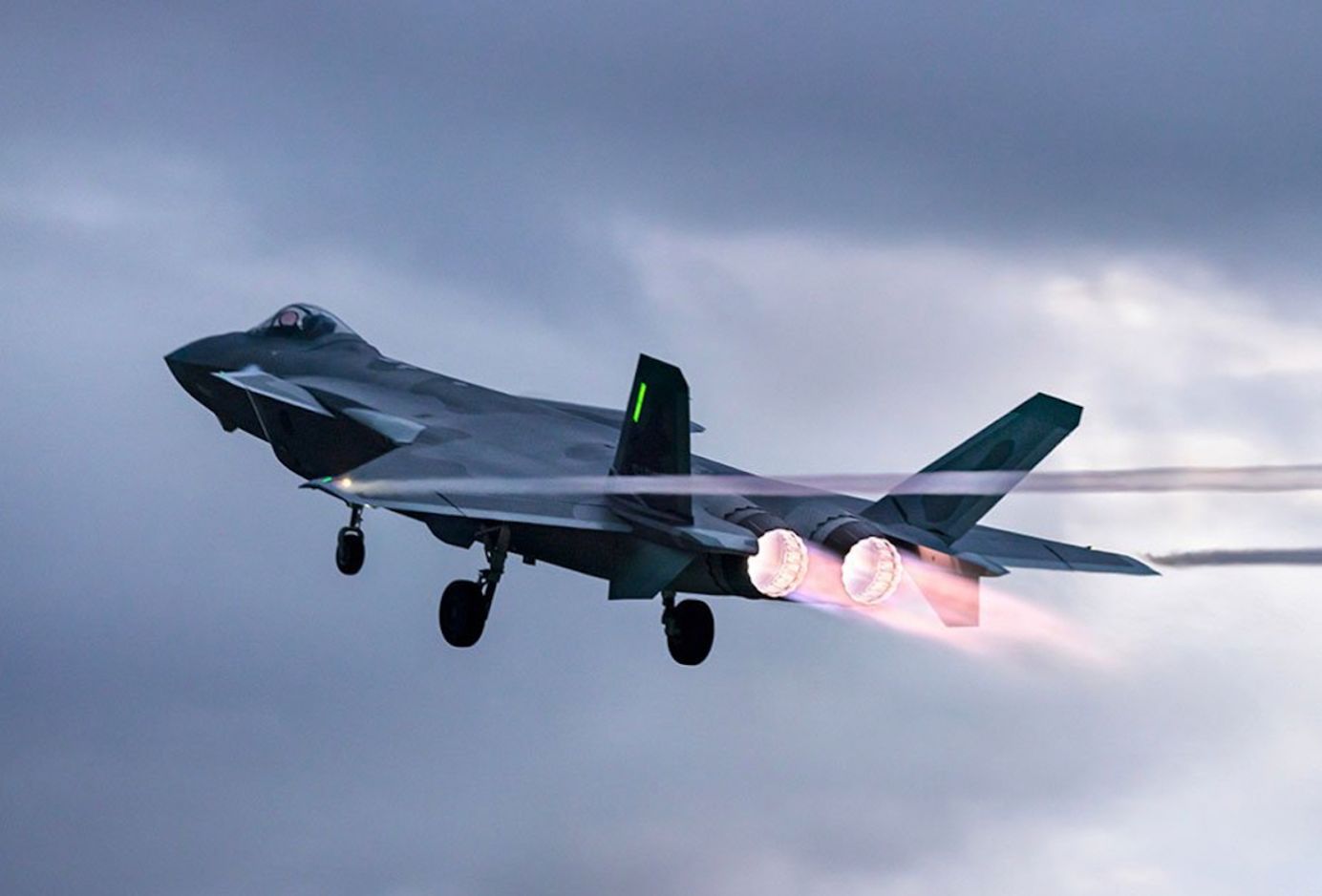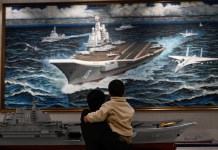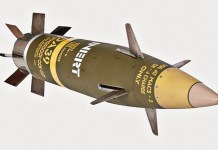Pictures of China’s J-20 combat jet flight testing powered by what is claimed to be a WS-15 aero-engine indicate consistent progress in the development phase of the aero-engine.
Expected to bring the J-20 to its full potential, particularly its kinematic performance, the WS-15 has been assessed by experts to be still far from fully maturing technically before entering production.
According to reports, the images revealed now are much clearer than the previous ones in January 2022. The engine is being tested on one of the six J-20 prototypes, number 2012.
When the J-20’s final serial production variants began reaching People’s Liberation Army Air Force (PLAAF) units from 2016 onwards, they flew with the Russian AL-31F engines and China’s own WS-10C power plants.
Noted Chinese military aviation researcher and expert Andreas Rupprecht, who also posted the pictures, said he was surprised at the muted reaction to the photographs, despite years of speculation on when the WS-15 will be eventually fused with the J-20. The photos showed one exhaust nozzle being more serrated than the one on the left, indicating a new engine.
Rupprecht, however, wondered about the gray-colored surface of the J-20, which he found “too smooth,” and the tail unit having the PLAAF red star logo and the number 2012. In a Twitter thread, he questions whether this is another prototype.
Concerning the new J-20+WS-15 image I don't know what to think right now?
I'm surprised that after years of waiting, the reaction on this finally clearer image is surprisingly rather low.So what do you think?
1/4 pic.twitter.com/C6Me7UE0Qz
— @Rupprecht_A (@RupprechtDeino) April 6, 2023
Still Far from Entering Production
Previous reports and aerospace experts, too, believe that the WS-15 is in its trial phase, and it would be time before it begins production. In December last year, the South China Morning Post (SCMP) reported a speech by China’s top scientist consulting the aero-engine design program that the WS-15 completed its maiden flight that year.
Liu Daxiang, a professor at the School of Energy and Power Engineering at Beihang University – previously known as Beijing University of Aeronautics and Astronautics – made the revelation during a keynote speech in Nanchang.
“The engine with a push-to-weight ratio of 10, developed for our country’s J-20, (has not been) put into service, but it has completed the maiden flight,” he said, according to a video clip of his address at the three-day China Aviation Industry Conference and Nanchang Air Show in November 2022. While he did not mention the WS-15 by name, his description of its performance characteristics implied it could not have been any other power plant.
SCMP added in its report that while it was unclear if the WS-15 was already being tested on the J-20, signs that it was nearing completion. Development did not necessarily indicate it was entering the final series production.
It quoted retired People’s Liberation Army Air Force (PLAAF) equipment specialist Fu Qianshao, who laid out the various stages of a jet engine’s development. “Aircraft engine development needs to go through five stages: ground tests, wind tunnel tests, high-altitude simulation tests, flight tests, and then enter the final small-lot production for product acceptance tests,” Fu said.
Another retired scientist from the Defense Research Development Organization’s (DRDO) Gas Turbine Research Establishment (GTRE) laboratory said that usually, engines are tested on large transport planes with one engine swapped out with the one under development.

“China has the Y-20 and other Russian-origin Ilyusin IL-76 as possible flying test beds where one WS-15 could be strapped under their wing and the flight takes place. A team inside the aircraft thoroughly tests the engine’s performance and generates a massive amount of data to test whether performance parameters are met.
“Sometimes such data might suggest more work is needed on the engine, and technical modifications are set in motion accordingly,” the scientist explained.
He added that while it is not known which FTB China uses, jet engines need extensive trials on planes in various conditions. “Sometimes problems are later discovered that freeze deliveries of aircraft or grounds the fleet, like the F-35, whose Pratt & Whitney F135 engine had developed vibration issues,” the scientist added.
India’s own Kaveri engine had to be periodically flown to the Gromov Flight Test Center in Russia, where it was tested on the Il-76 – one of the reasons behind the delay in developing the dry engine.
Jet Engines Are Niche Technology & China Has Struggled Too
Since 2018, when the US began deploying its Generation 5 stealth F-35s at its military bases in the western Pacific in Japan and South Korea, the J-20 started flying with the Russian AL-31F and then the homegrown WS-10C engine.
The WS-10C is a thrust-vectoring engine derived from the WS-10 that also powers the PLAAF’s J-10, J-11, J-15, and J-16 fighters.
The WS-10 and WS-15 were developed by Shenyang Aeroengine Research Institute, an Aviation Industry Corporation of China (AVIC) subsidiary.
China has spent at least US$129 billion over the last decade and a half on developing jet engines, often considered the most niche and highly valued aerospace technologies. Only the United States, United Kingdom, France, and Russia have mastered developing the complete range of engineering expertise in developing aero engines.
But even the US cannot escape the complexity and intricacy of the technology, as it took 24 years with the F119 engine alone, which powers the F-22 Raptor. Pratt & Whitney and General Electric took 12 years to develop prototypes of the F119 and another 14 years of testing from December 1997, when it was fitted onto an F-22.
- The author can be reached at satamp@gmail.com
- Follow EurAsian Times on Google News




